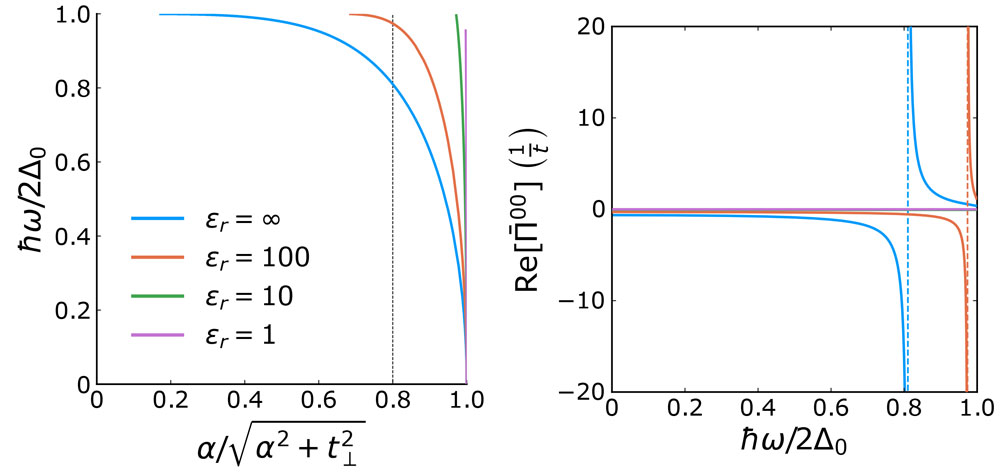PC-3-4
Bardasis-Schrieffer-like phase mode in a superconducting bilayer
16:00-16:15 28/11/2023
Nico A. Hackner, *Philip M. R. Brydon
Department of Physics and MacDiarmid Institute for Advanced Materials and Nanotechnology, University of Otago, P.O. Box 56, Dunedin 9054, New Zealand
The observation of a field-induced transition between distinct superconducting states in CeRh2As2 has been interpreted as a transition between even- and odd-parity pairing [1]. Specifically, in this locally noncentrosymmetric superconductor closely-competing even- and odd-parity states can be naturally constructed by setting the pair potential to have the same (“uniform”) or opposite (“staggered”) sign on the two sublattices, respectively. The staggered state is subdominant, but its critical temperature can be comparable to the uniform state if the spin-orbit coupling is sufficiently strong [2]. Although the presence of a subdominant staggered pairing state is a compelling explanation for the phase diagram of CeRh2As2, direct evidence of the staggered state is lacking, and the extreme magnetic fields at which it appears makes studying it a formidable challenge.
Recently, it has been been pointed out [3] that the presence of a subdominant pairing state in CeRh2As2 should give rise to a low-lying Bardasis-Schrieffer collective mode, corresponding to fluctuations from the uniform to the staggered state. Moreover, the strong spin-orbit coupling in this material could allow for the optical excitation of this mode, despite the opposite parity of the two pairing states. The prospect that superconductors with sublattice degrees of freedom generically host Bardasis-Schrieffer modes is not only a novel way to evidence the uniform-staggered transition but also of fundamental interest for the study of collective modes in superconductors. Nevertheless, the theory presented in [3] was not manifestly gauge invariant, and the effect of the Coulomb repulsion on the mode was not evaluated.
In this work we present our theoretical study of the low-lying collective modes in a minimal model of a locally noncentrosymmetric superconductor [4]. By treating the fluctuations into the staggered state as a short-wavelength phase fluctuation, we have constructed an explicitly gauge invariant thory, confirming that the competing odd-parity pairing state gives rise to a Bardasis-Schrieffer-like phase mode within the excitation gap. Accounting for the long-range Coulomb interaction, however, we find that this mode hybridizes with an antisymmetric plasmon and is likely pushed into the quasiparticle continuum.
[1] S. Khim, J. F. Landaeta, J. Banda, N. Bannor, M. Brando, P. M. R. Brydon, D. Hafner, R. K¨uchler, R. Cardoso-Gil, U. Stockert, A. P. Mackenzie, D. F. Agterberg, C. Geibel, and E. Hassinger, Field-induced transition within the superconducting state of CeRh2As2, Science 373, 1012 (2021).
[2] T. Yoshida, M. Sigrist, and Y. Yanase, Pair-density wave states through spin-orbit coupling in multilayer superconductors, Phys. Rev. B 86, 134514 (2012).
[3] C. Lee and S. B. Chung, Linear optical response from the odd parity Bardasis-Schrieffer mode in locally non-centrosymmetric superconductors, arXiv:2212.13722 (2022).
[4] N. A. Hackner and P. M. R. Brydon, Bardasis-Schrieffer-like phase mode in a superconducting bilayer, arXiv:2306.16611 (2023).
PMRB was supported by the Marsden Fund Council from Government funding, managed by Royal Society Te Aparangi, Contract No. UOO2222.
